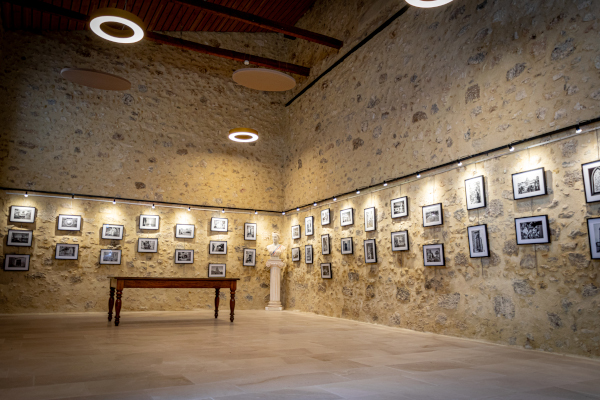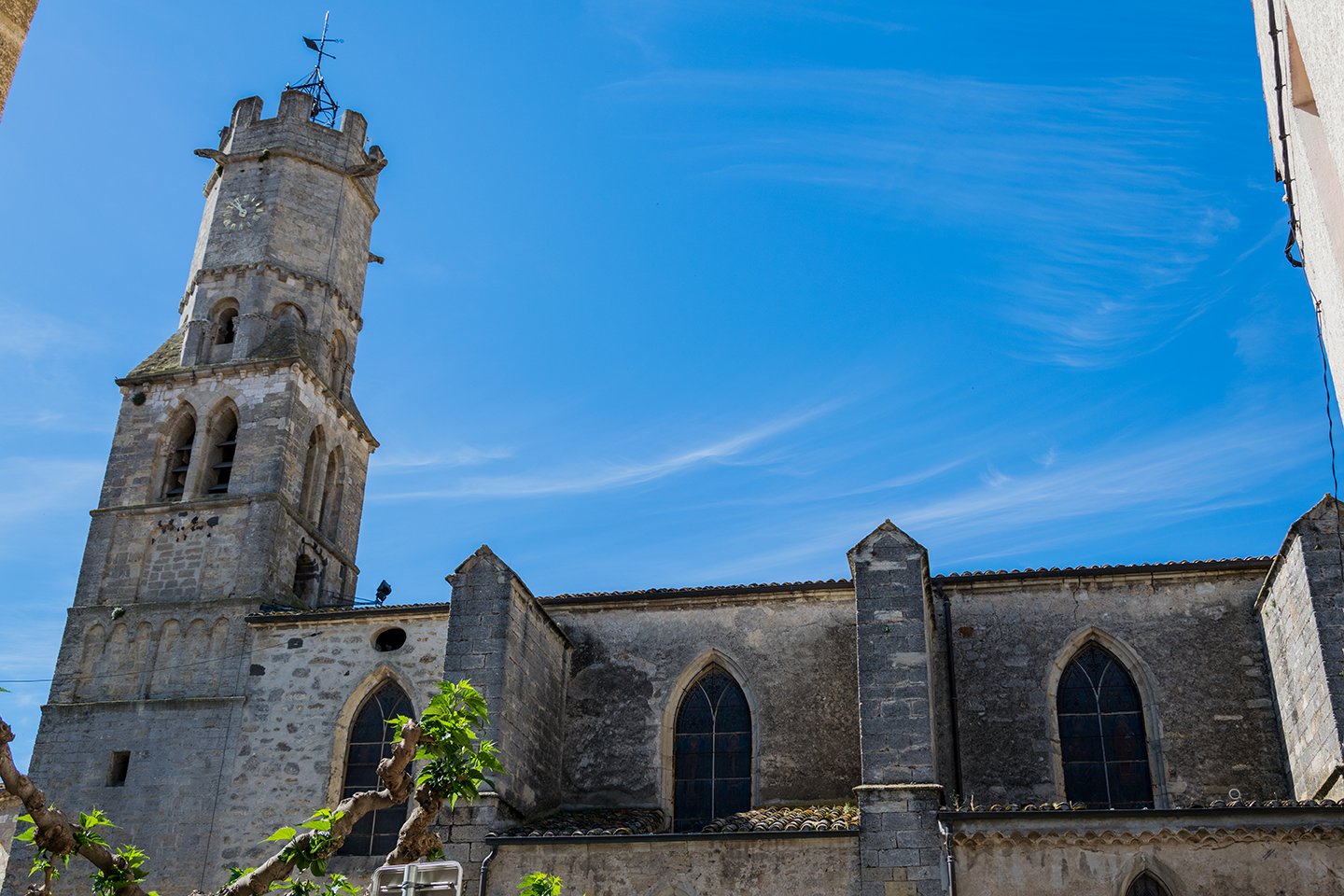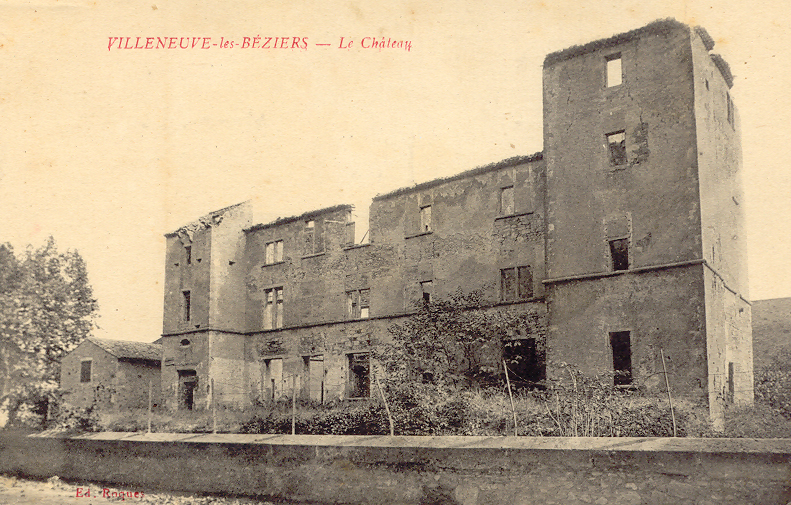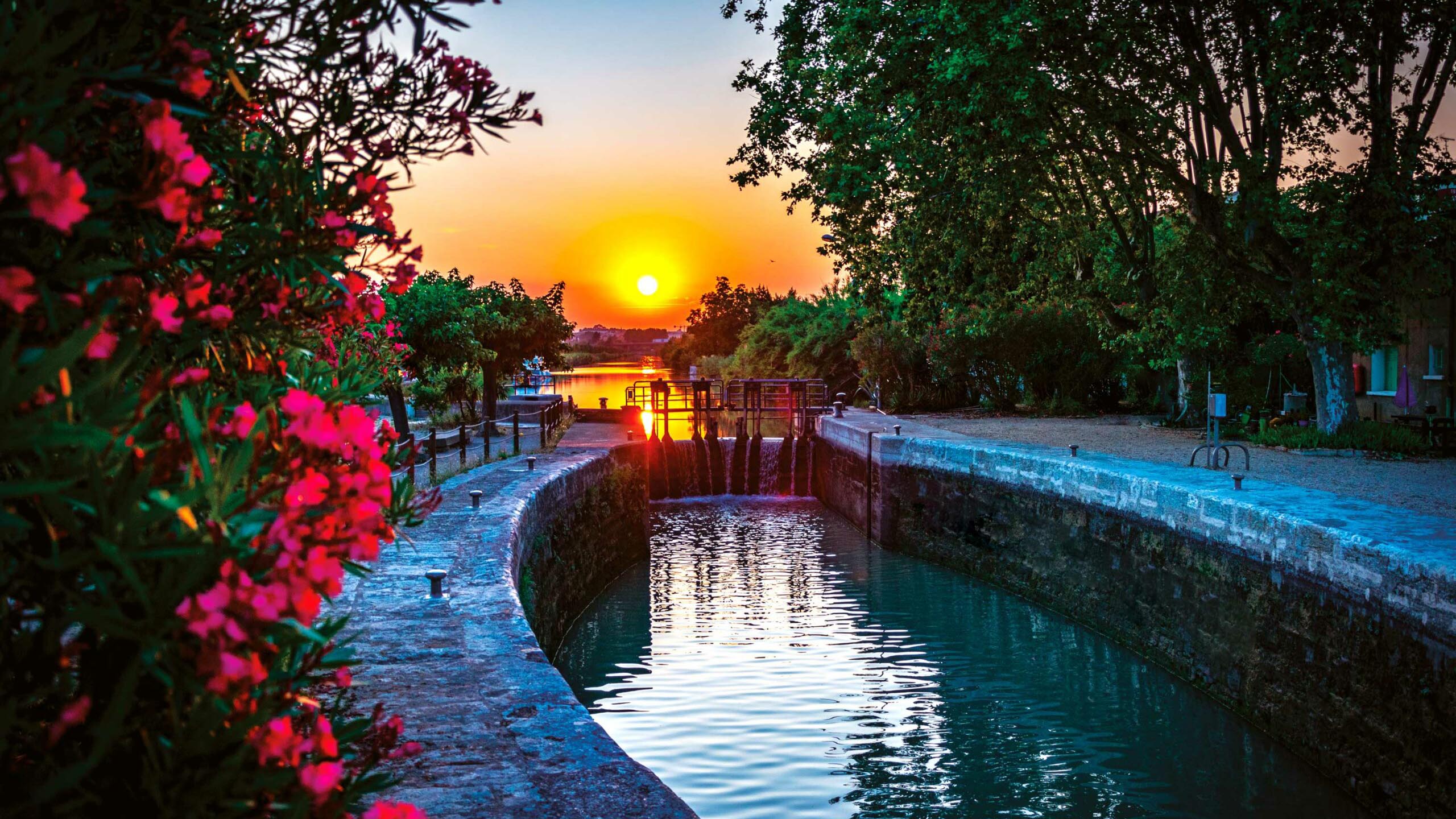The history of Villeneuve-lès-Béziers
Looking to the future, Villeneuve-Lès-Béziers is evolving and modernising, but it also knows how to preserve its heritage and retain the charm of yesteryear... The development of the Pôle Méditerranée, Méridienne and Pech Auriol business parks, the work on the town centre square and the town crossing, to name but a few of the changes taking place, show just how much our village is changing. These changes, which have no other aim than to provide Villeneuvois with a better quality of life, are accompanied by a constant concern on the part of the municipality to preserve the treasures of our past, as evidenced by the old photos. Villeneuve lives with the times and, while modernising, preserves its treasures.
La Crémade or the etymology of Villeneuve-Lès-Béziers
Villeneuve comes from: "new town" (the Latin name "Villa", originally meaning "country house" or "farm" drifted into "hamlet" or "village"). Villeneuve was built in 778 on uncultivated land that was part of the property given by Emperor Charlemagne to a certain Valchaire. It was formerly called "Villeneuve la Crémade" because it was burnt down by Simon de Montfort's troops, and kept this name until 1631. It was from this date onwards that the commune took the name Villeneuve-Lès-Béziers in the civil registers. The word "lès" is not an article but a preposition meaning "next to, close to", derived from the Latin root "latus".






